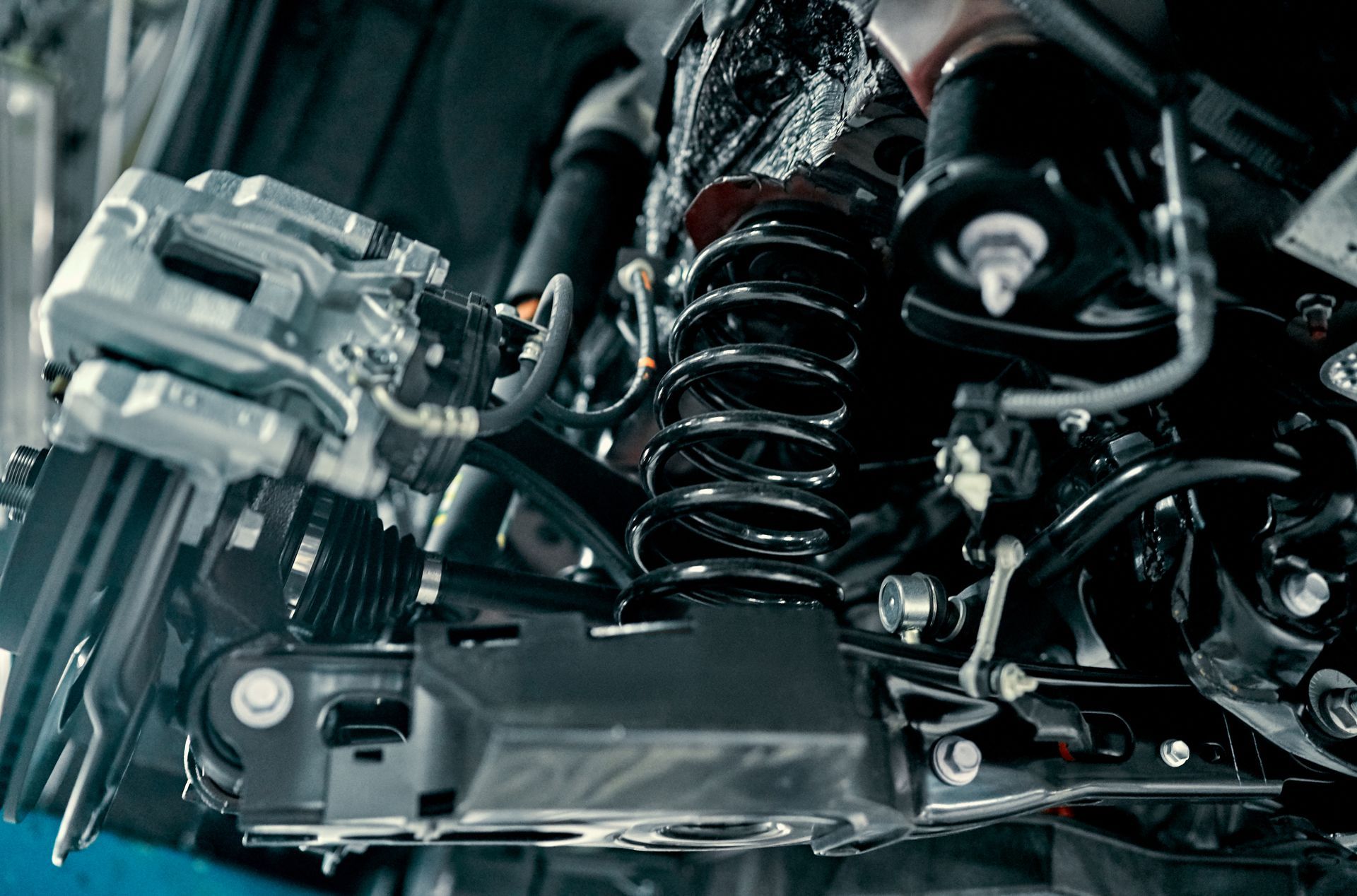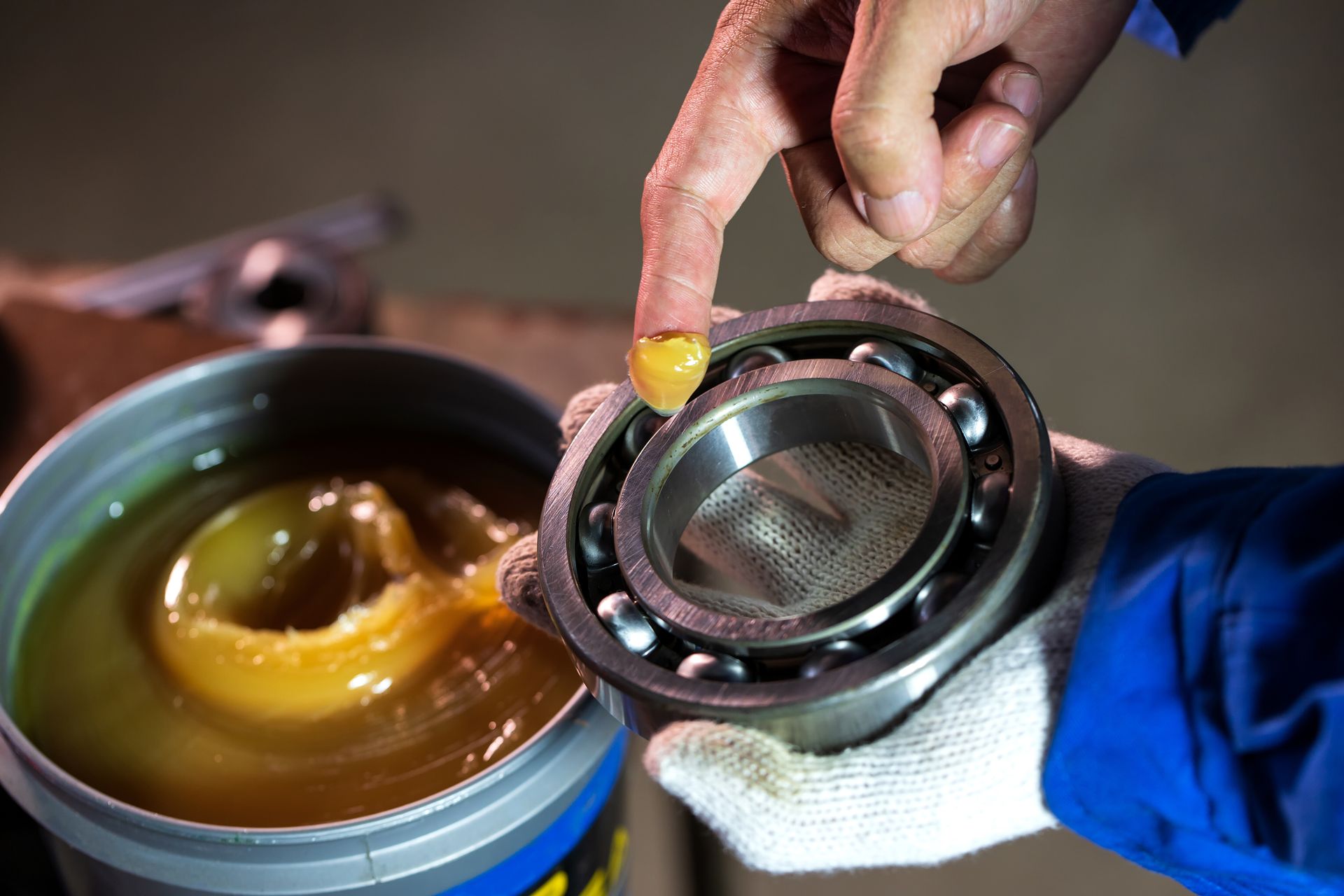What Is a Catalytic Converter and Why Do Thieves Steal It?
You may have heard about catalytic converter thefts happening more frequently, but what exactly is a catalytic converter, and why is it so valuable to thieves? This part of your car’s exhaust system often goes unnoticed—until it’s stolen or your car fails the SMOG test. Let’s take a deeper look at what a catalytic converter does, why it’s targeted by thieves, and what you can do to protect your vehicle.
What Is a Catalytic Converter?
A catalytic converter is a device located in a car’s exhaust system between the engine and the muffler. Its primary function is to reduce harmful emissions produced by the combustion process. Essentially, it transforms pollutants like carbon monoxide, hydrocarbons, and nitrogen oxides into less harmful gasses, such as carbon dioxide and water vapor, before they are released into the environment.
The converter contains a ceramic honeycomb structure coated with precious metals—typically platinum, palladium, and rhodium. These metals act as catalysts in chemical reactions that break down toxic gasses into less harmful substances. As environmental regulations become stricter, catalytic converters play an even more important role in reducing pollution, making them a vital component in modern vehicles.
Why Are Thieves Targeting Catalytic Converters?
So, why would thieves go to the trouble of stealing a catalytic converter? The simple answer is the precious metals inside. Catalytic converters contain valuable metals like platinum, rhodium, and palladium—each worth more than gold in some cases. These metals can be extracted from the converter and sold for a hefty price on the black market.
Here are some key reasons why thieves are drawn to catalytic converters:
Valuable Metals
The metals used in catalytic converters—particularly rhodium—have skyrocketed in value in recent years. Rhodium, for example, is rare and used in various industrial processes, making it extremely valuable. Thieves can sell stolen converters for quick cash, sometimes for hundreds or even thousands of dollars, depending on the size and type of converter.
Easy to Steal
Catalytic converters are relatively easy to remove from a vehicle. Thieves typically use simple tools like a wrench or a saw to cut the converter off from the exhaust system. This process can take as little as a few minutes, making it a quick and easy target for criminals.
Lack of Vehicle Identification
Unlike other parts of a vehicle that might be marked with a VIN (vehicle identification number), catalytic converters don’t usually have any unique identification marks. This makes it nearly impossible to trace a stolen converter back to a specific vehicle.
Which Cars Are Most at Risk?
While catalytic converter theft can happen to any vehicle, certain makes and models are more attractive to thieves. Vehicles that sit higher off the ground, such as SUVs and trucks, are easier targets because their converters are more accessible. Additionally, some car models have larger catalytic converters that contain more of the precious metals, making them more valuable.
Hybrid vehicles, especially the Toyota Prius, are also commonly targeted. Hybrids use their catalytic converters less frequently, meaning the precious metals inside are less corroded and, therefore, more valuable on the black market.
What Happens if Your Catalytic Converter Is Stolen?
If you’ve had your catalytic converter stolen, you’ll notice it immediately when you start your car. A missing catalytic converter will make your vehicle extremely loud, emitting a roaring sound from the exhaust. You may also see a check engine light on your dashboard.
Driving without a catalytic converter is not only harmful to the environment but can also damage your vehicle over time. Without this crucial component, exhaust fumes aren’t properly filtered, which can lead to engine damage and higher repair costs.
Replacing a catalytic converter can be expensive. Depending on your vehicle and the type of converter, replacement costs can range from $1,000 to $3,000 or more, including parts and labor. Insurance may cover the theft in some cases, but you'll have to check with your provider about your specific policy.
How to Protect Your Catalytic Converter from Theft
Given the rise in catalytic converter theft, it’s essential to take preventive measures to safeguard your vehicle. Here are some effective ways to protect your converter:
Install an Anti-Theft Device
Many companies now offer protective shields or cages designed to make it more difficult for thieves to access the converter. These devices act as a physical barrier, making theft time-consuming and risky for the criminal.
Park in Well-Lit Areas
If possible, park your vehicle in a well-lit or highly visible area, ideally in a garage or fenced-in driveway. Thieves are less likely to target cars that are in plain view or require more effort to access.
Etch Your VIN onto the Converter
Some repair shops offer the service of etching your vehicle’s VIN or license plate number onto the catalytic converter. This can act as a deterrent, as marked converters are harder to sell and easier to trace if stolen.
Worried about catalytic converter theft? At
Crown City Tire Auto Care
, we offer catalytic converter protection solutions to keep your vehicle safe. Contact us today to learn more!

Follow us
Crown City Tire Auto Care
Services
List of Services
-
Auto A/C RepairAuto A/C Repair Auto A/C Repair
-
Car Battery ReplacementCar Battery Replacement Car Battery Replacement
-
Brake ServiceBrake Service Brake Service
-
Engine RepairEngine Repair Engine Repair
-
Oil ChangesOil Changes Oil Changes
-
4-Wheel Alignment4-Wheel Alignment 4-Wheel Alignment
-
Tire ServiceTire Service Tire Service
-
Fluid Level ChecksFluid Level Checks Fluid Level Checks
-
Alternator ReplacementAlternator Replacement Alternator Replacement
-
Air Filter ReplacementAir Filter Replacement Air Filter Replacement
© 2024 Crown City Tire Auto Care. All Rights Reserved | Website managed by
Shopgenie








